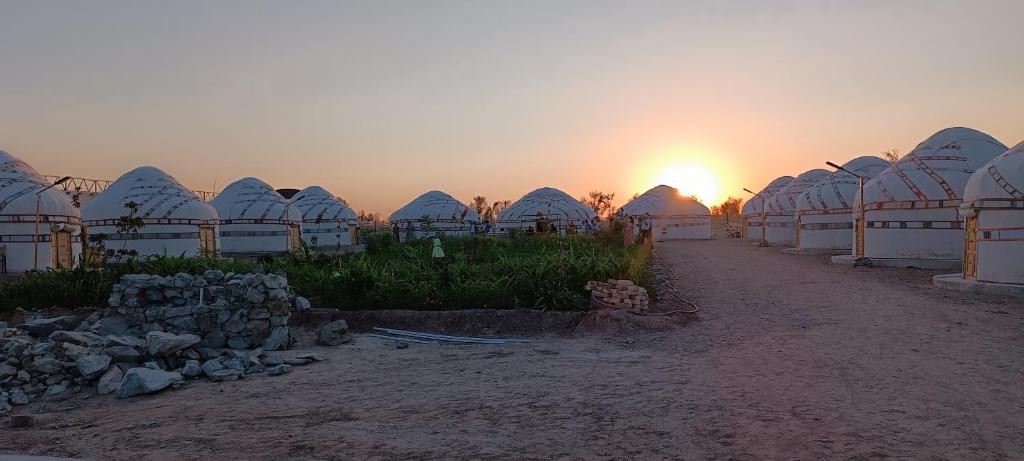 CULTURAL HERITAGE OF KARAKALPAKSTAN
CULTURAL HERITAGE OF KARAKALPAKSTAN
Karakalpakstan boasts a unique and rich cultural heritage, represented by magnificent ancient architectural and archaeological monuments, a diverse folklore, exquisite performing arts, unique ceremonies and customs, as well as the craftsmanship of traditional handicrafts.
The territory of Karakalpakstan is rich with architectural and archaeological monuments, most of which are defensive constructions, including a number of impressive fortresses along the borders of settlements. The majority of the earliest constructions date back to the IV century B.C., when Ancient Khorezm freed itself from the Achaemenid Empire.
In the early 1st century AD, Ancient Khorezm was influenced by the original culture of the Kushan Empire. During this period, new models of construction emerged, including smaller fortresses built inside the settlement areas. It was vividly reflected in the construction of the magnificent Toprak-kala Fortress and Settlement.
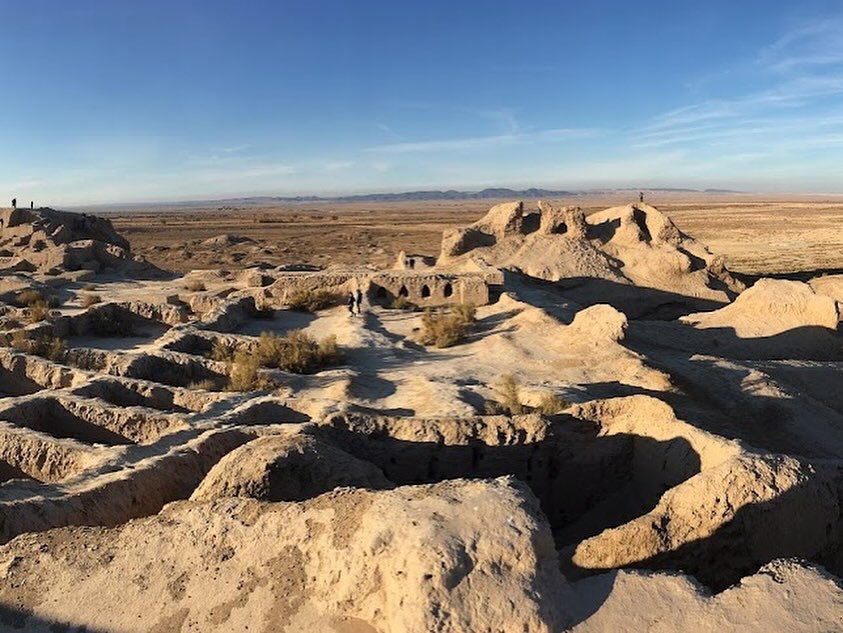 This remarkable structure testifies to the rich heritage and high level of craftsmanship of ancient builders, as well as the dynamic development of Khorezm's culture.
This remarkable structure testifies to the rich heritage and high level of craftsmanship of ancient builders, as well as the dynamic development of Khorezm's culture.
Ancient Khorezm is the birthplace of Zoroastrianism. This is evidenced by a number of extant archaeological monuments: dakhmas, fire-worshipper temples, necropolises with ossuary containers and others.
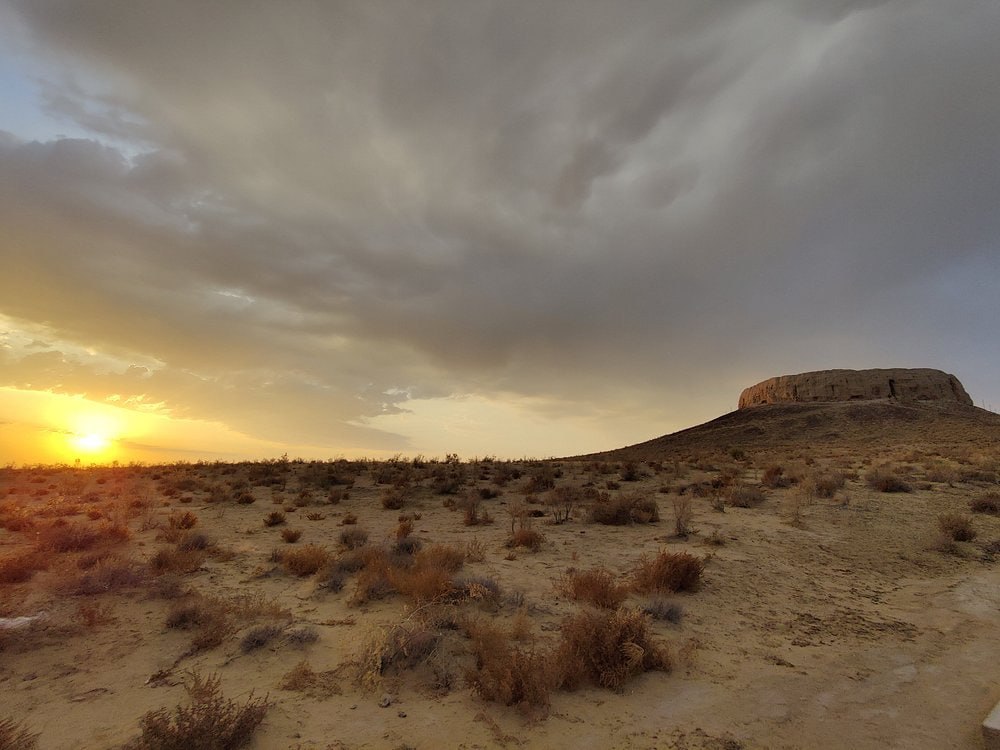
 The rise of Islam in the VIII century A.D. altered not only the mode of life and religion, but also the architecture. Fired brick, a new construction material, was introduced. It became the main material for constructing sophisticated mausoleums, mosques and khanakas with domes, which were beautifully adorned with architectural decorations and epigraphic inscriptions.
The rise of Islam in the VIII century A.D. altered not only the mode of life and religion, but also the architecture. Fired brick, a new construction material, was introduced. It became the main material for constructing sophisticated mausoleums, mosques and khanakas with domes, which were beautifully adorned with architectural decorations and epigraphic inscriptions.
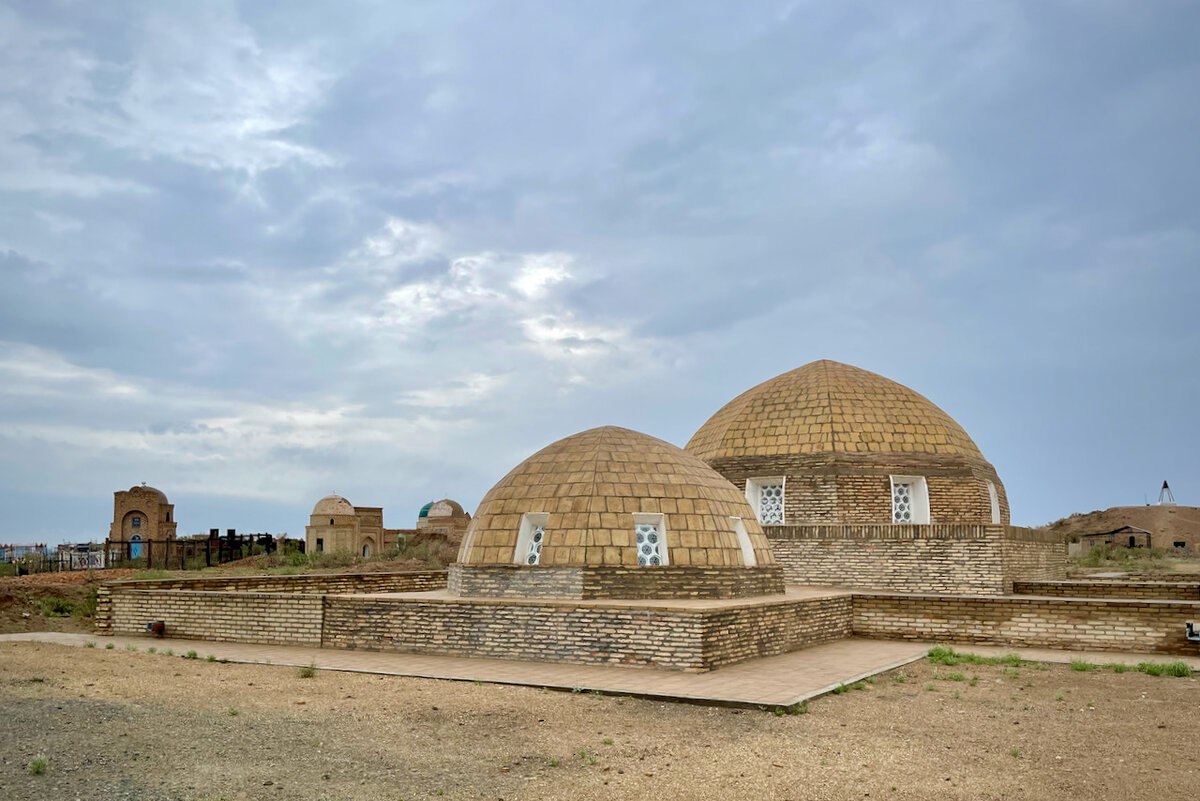 For thousands of years the Aral Sea region was situated at the crossroads of cultures. The Great Silk Road, which played a significant role in developing cultural and economic relations with Europe, Western Asia, Caucasus, Central Asia and China, passed through the Ustyurt Plateau. It is probable that one of the Silk Road branches went through the Russia’s southern steppes, the Lower Volga region, the Aral Sea region and from there traveled through Southern Kazakhstan until reaching Altai and Eastern Turkestan, where it linked with the main route of the Great Silk Road. Another branch of the route from Northern Aral Sea led to Sogdiana, crossing through Khorezm before turning southward.
For thousands of years the Aral Sea region was situated at the crossroads of cultures. The Great Silk Road, which played a significant role in developing cultural and economic relations with Europe, Western Asia, Caucasus, Central Asia and China, passed through the Ustyurt Plateau. It is probable that one of the Silk Road branches went through the Russia’s southern steppes, the Lower Volga region, the Aral Sea region and from there traveled through Southern Kazakhstan until reaching Altai and Eastern Turkestan, where it linked with the main route of the Great Silk Road. Another branch of the route from Northern Aral Sea led to Sogdiana, crossing through Khorezm before turning southward.
 Thus, across the expansive territory from the oases of the Fergana Valley to the desert shores of the Aral Sea, numerous historical and architectural monuments can be found, testifying to the rich history of the Great Silk Road. This route not only connected diverse peoples and cultures but also left an indelible mark on the architecture and cultural heritage of the entire region.
Thus, across the expansive territory from the oases of the Fergana Valley to the desert shores of the Aral Sea, numerous historical and architectural monuments can be found, testifying to the rich history of the Great Silk Road. This route not only connected diverse peoples and cultures but also left an indelible mark on the architecture and cultural heritage of the entire region.
The national identity of the Karakalpaks is vividly reflected in their rich folklore, beautiful dances, beautiful music, and ceremonies, which still play an important role in the people’s lives.
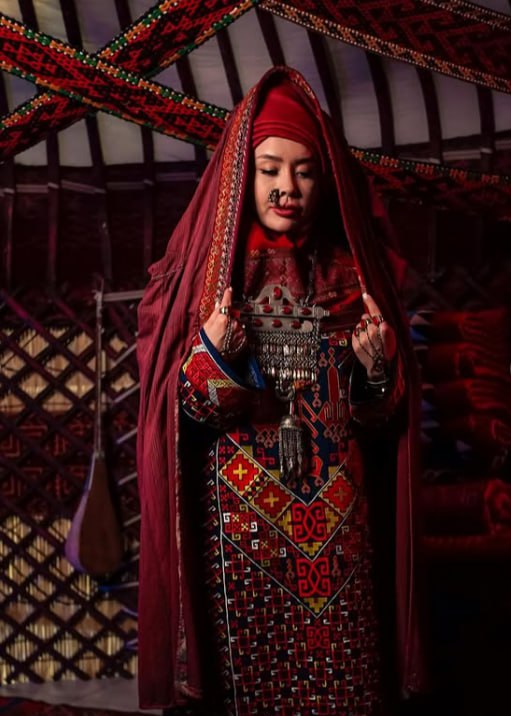

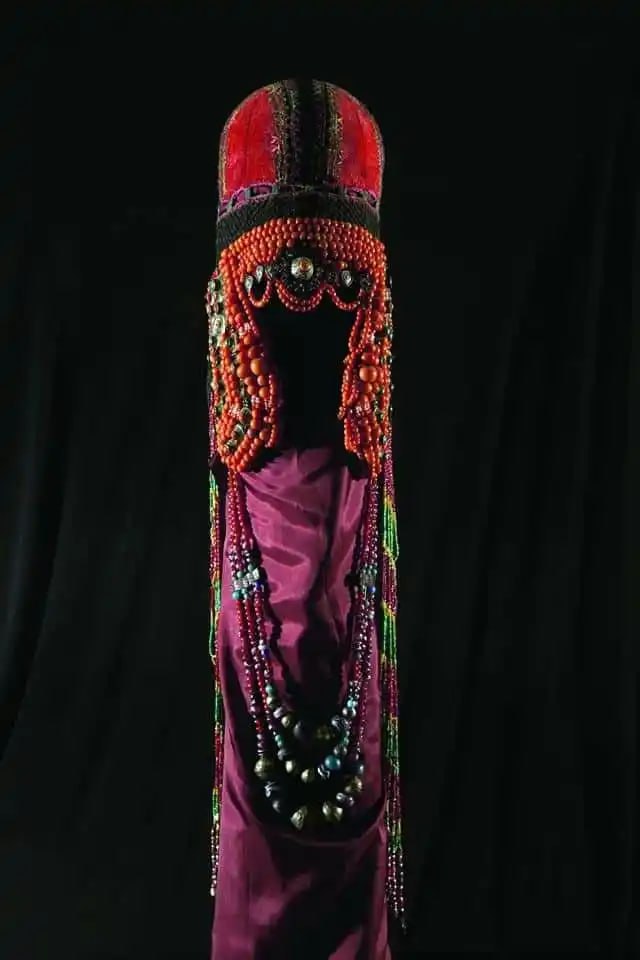 Singers and musicians, such as the zhyray and baksy, convey centuries-old traditions through their songs and melodies with captivating mastery.
Singers and musicians, such as the zhyray and baksy, convey centuries-old traditions through their songs and melodies with captivating mastery.
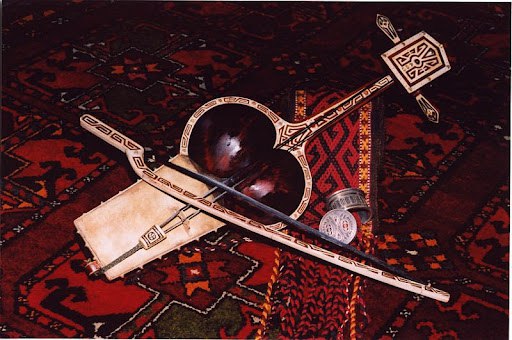
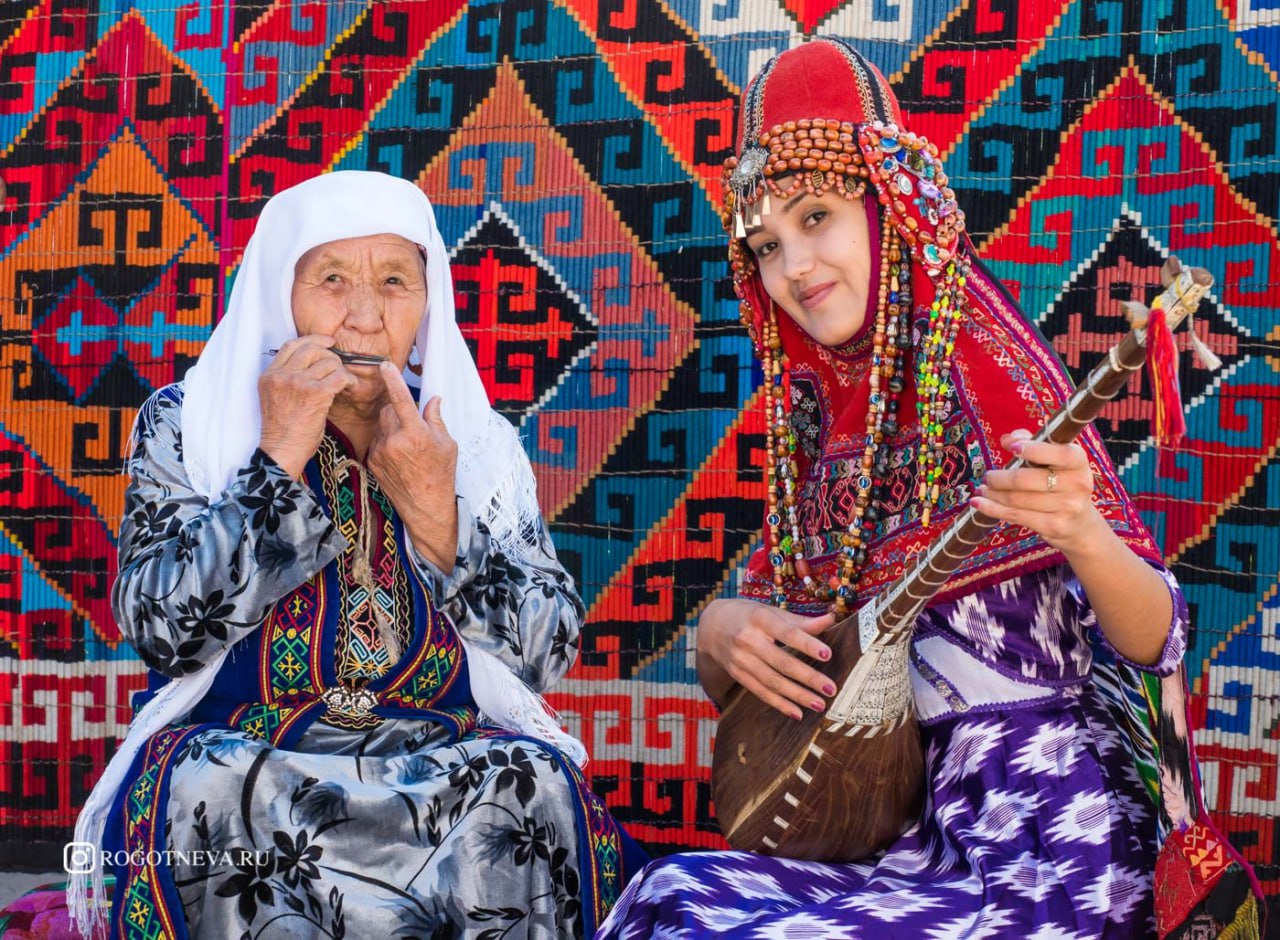 Epic tales like "Alpamys" and "Kyryk Kyz" remain immensely popular, serving as an integral part of the cultural heritage and spiritual world of the Karakalpaks. These artistic expressions strengthen the connection between generations, preserving the unique identity of this remarkable people.
Epic tales like "Alpamys" and "Kyryk Kyz" remain immensely popular, serving as an integral part of the cultural heritage and spiritual world of the Karakalpaks. These artistic expressions strengthen the connection between generations, preserving the unique identity of this remarkable people.
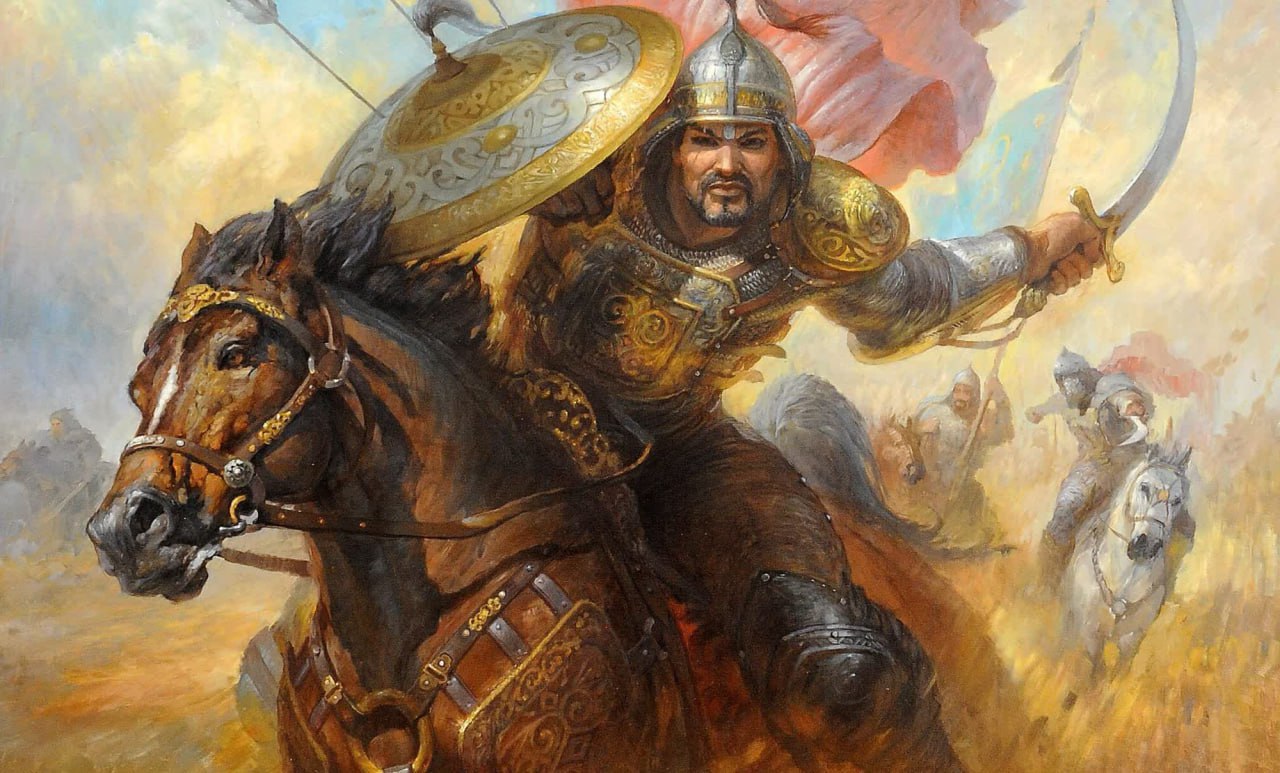 Karakalpak traditions are well represented in traditional handicrafts. Simple ornaments and forms of old workpieces indicate their relation to the arts of ancient and medieval nomads in Central Asia. Traditional Karakalpak handicraft developed primarily as necessary household items for the yurta dwellings and were made from available materials: wool, skin, bones, wood and cotton. At the beginning of the XX century women still made ornamental floor mats, multicoloured feltings for yurta decoration, woven rugs, patterned carpets, as well as patchwork.
Karakalpak traditions are well represented in traditional handicrafts. Simple ornaments and forms of old workpieces indicate their relation to the arts of ancient and medieval nomads in Central Asia. Traditional Karakalpak handicraft developed primarily as necessary household items for the yurta dwellings and were made from available materials: wool, skin, bones, wood and cotton. At the beginning of the XX century women still made ornamental floor mats, multicoloured feltings for yurta decoration, woven rugs, patterned carpets, as well as patchwork.
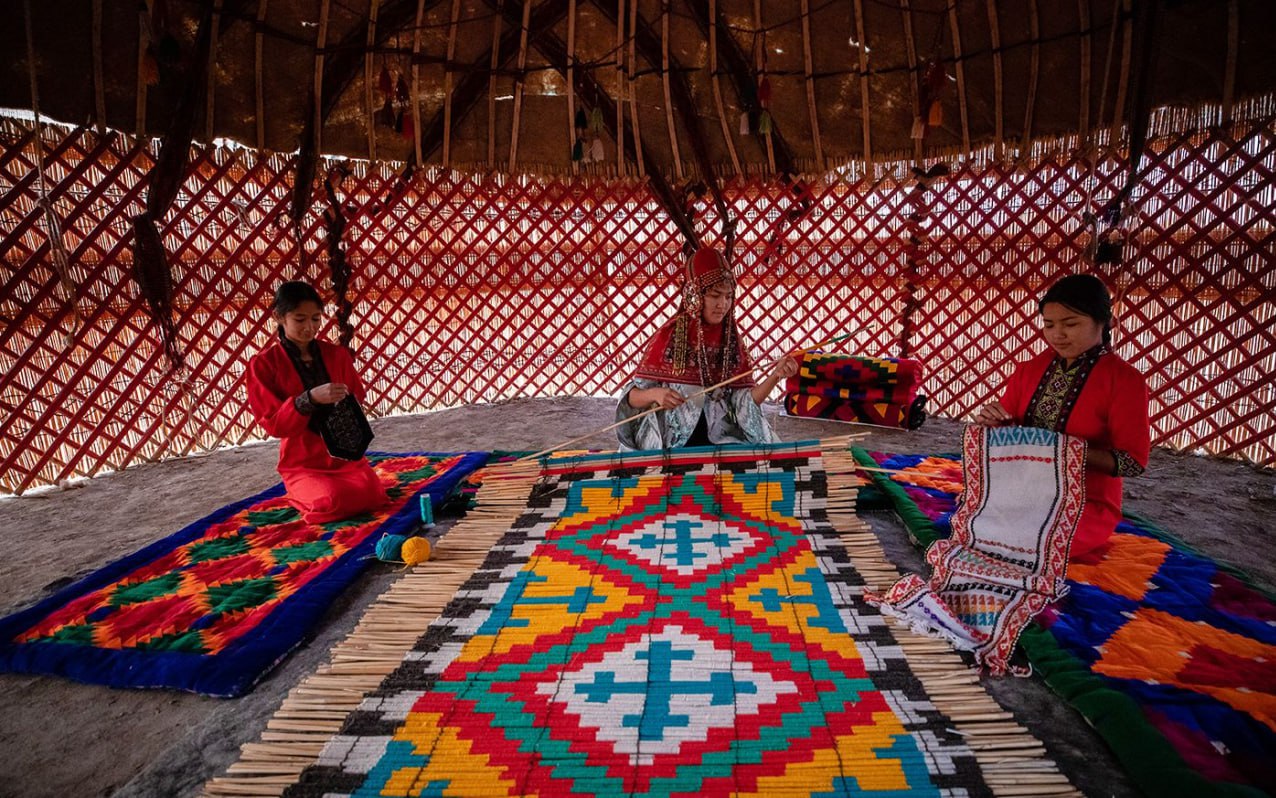 All adult women possessed the art of embroidery. Men plied more complex trades, making yurtas and musical instruments, engaging in wood carving, jewellery making, leather processing and other trades. Karakalpak traditional crafts not only satisfied practical needs but also reflected the rich history and identity of the people. Every element, every detail in these works of art is a part of the spiritual heritage of the nation, handed down from generation to generation.
All adult women possessed the art of embroidery. Men plied more complex trades, making yurtas and musical instruments, engaging in wood carving, jewellery making, leather processing and other trades. Karakalpak traditional crafts not only satisfied practical needs but also reflected the rich history and identity of the people. Every element, every detail in these works of art is a part of the spiritual heritage of the nation, handed down from generation to generation.
The cultural heritage of Karakalpakstan is a treasure trove of traditions, customs, and artistic forms that have been passed down through the centuries, shaping the character and soul of the Karakalpak people. Each work of art, each ritual, and each story told carries the memory of the past, connecting generations and strengthening cultural identity.
